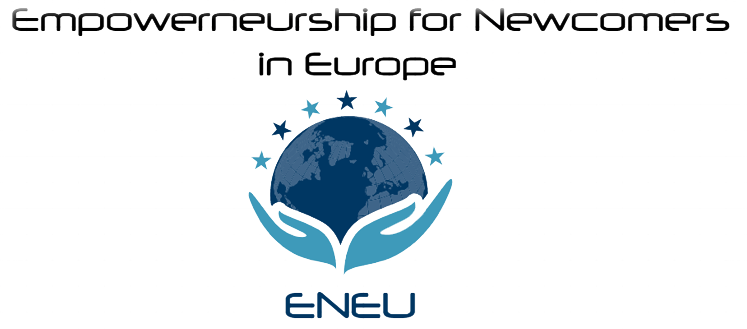The role of the trainer (Part 3)
by Niina Halvorsen

Previously on the role of the trainer: To deliver an effective training program, the trainer should, first and foremost, know themselves as a learner (empathy, continuous improvement, etc.) but also know their target group (background, needs, etc.).
Now, it is time to highlight another area: Know the best supporting approach
Reports in the literature frequently mention the importance of incorporating a learner’s worldview, empowering the client, and utilising a learner’s strengths in cross-cultural teaching and training practice. A solution-focused approach incorporates the premises and techniques of social constructivism, empowerment-based practice, and a strengths perspective, and is, therefore, well-suited for responding to the needs of learners of diverse backgrounds with respect for their values and practices. With a focus on pragmatic change and encouraging learners to create development solutions for themselves, in addition to avoiding the shame that learners in diverse populations might feel in seeking professional assistance, the approach fits well in culturally diverse contexts.
Learner’s worldview: A trainer who understands social constructivism does not assume having a priori expertise sufficient to objectively categorise and solve learners’ problems. Consequently, the trainer who holds a ‘not knowing’ stance is free to enter into the learner’s subjective experiences of their life situations and collaboratively engage in a solution-building process that is viable and responsive to their cultural context. A constructivist view of training practice allows a solution-focused trainer to better understand a learner’s motivation and values underlying their behaviour. Such an understanding is conducive to collaborative dialogue in which the learner and the trainer work together to arrive at a meaning that a problem has for the learner and work together on a solution.
Empowering the learner: A solution-focused approach shifts the balance of power in the training relationship, acknowledging learners as knowers of their experiences and the trainer’s view of the reality as no more correct than the learner’s view. This fosters further conversation in which the trainer talks ‘with’ the learner instead of ‘at’ the learner to co-develop new meanings and new realities through a dialogue of ‘solutions’. The learner becomes then both the centre and the causal agent in defining and solving the problem. The learner’s self-determination is fully respected. The ultimate goal of a solution-focused training process, therefore, is consistent with that of empowerment: to increase learners’ personal and interpersonal power so that they can take relevant and culturally appropriate action to improve their situation.
Utilising the learner’s strengths: Building on cultural strengths and resources more efficiently and effectively helps learners find solutions relevant to, and viable in, their unique sociocultural milieu. Learners are most invested in developing solutions that they arrive at themselves and with which they feel comfortable. The task of the solution-focused trainer is to assist a learner in noticing, amplifying, sustaining, and reinforcing the identified cultural strengths and resources regardless of how apparently minor or neglected. In doing so, a solution-focused approach is conducive to a strengths-based process of developmental change in which the focus of dialogues is on strengths and solutions rather than on problems and deficits.
Face-Saving Techniques: Negative association with seeking help should be understood in the context of the likelihood of a learner from a different culture being devalued by the dominant society. These learners are at higher risk of internalising a deficit view of self and coming to feel personally inadequate, incompetent, and powerless. By emphasising talk about solutions rather than confrontational talk, a solution-focused approach exemplifies face-saving techniques that focus on what a learner can do to contribute to the solution (instead of dwelling on and analysing problems) and that complement personal motivation and effort in realising the solutions. The help route is to establish a goal that is determined and attained by the learner. Goals that are specific, clear, and small provide clear indicators of development and change. Eliminating negative associations caused by shame or embarrassment, which can often lead to defensive behaviours and denial, face-saving techniques help learners to overcome habitual behaviours that may have contributed to or maintained the problem. Consequently, face-saving, non-confrontational techniques (goal and problem-solving orientation, clear indicators of progress, and strength & empowerment-based focus) are conducive to fostering enhanced motivation and feelings of success.



